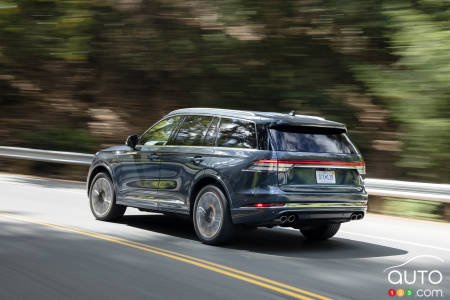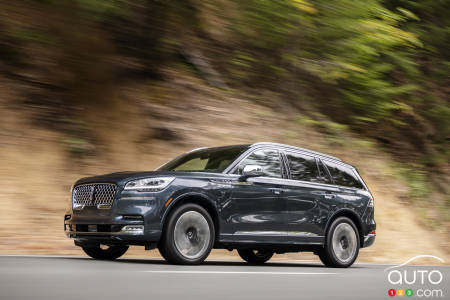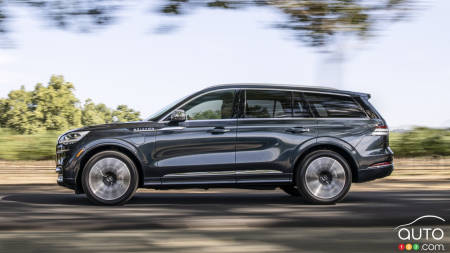
• Auto123 reviews the 2022 Lincoln Aviator PHEV.
• Lincoln remains a brand associated with comfort and refinement, and with good reason.
• This plug-in version gets better gas mileage, but it comes at a price.
Over the years, Lincoln has earned a reputation for conservatism. For many folks, the first thing that comes to mind when on mention of the brand are the majestic sedans produced in the past, and until very recently in fact.
But that is, in fact, in the past. Today, among the models offered by Lincoln, we find only SUVs. From the smallest Corsair to the big, big Navigator. Between the two in the brand's organization chart are the Nautilus and the Aviator. It was the plug-in hybrid (PHEV) version of the latter model we had occasion to drive for a week. Here’s what came out of that.
The 2022 Lincoln Aviator PHEV (which also goes by the name Aviator Grand Touring) comes equipped with all the options for it to be classed a self-respecting luxury vehicle. Note that the base version of the Aviator does not allow you to choose hybridization. You'll have to add almost $12,000 to the entry-level base price to get a pluggable Aviator - and in the process, more luxury and more equipment. Is the PHEV version really worth it?
Browse cars for sale available near you
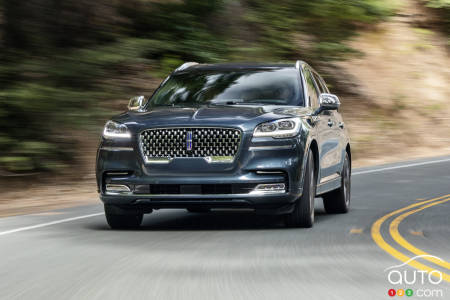
Under the hood
The 2022 Aviator comes with a twin-turbocharged 3.0L V6 engine, paired with a 10-speed automatic transmission. From this engine, drivers get 400 hp and 415 lb-ft of torque to play with.
The PHEV version uses the same internal combustion engine but adds electrified hybrid technology. The addition of a 13.6-kWh battery provides an additional 94 hp for a total output of 494 hp and a phenomenal 630 lb-ft of torque at just 2,250 RPM.
The battery is very easy to charge, taking only three hours with a Level 2 charger and around 10 hours on a wall socket. All that for an official range of just 31 km. During our test, the temperature was around the freezing point and we had only 23 km of range on a full charge.
That sounds awful, and well it is pretty skimpy. And yet, on our daily 20 km commute to the office, we averaged between 3.7 and 4.2L/100 km. In total, we drove 425 km, 235 km of which were purely electric, for an average consumption of 7.9L/100 km.
Considering the vehicle's 2,573 kg, that result is not so terrible after all. There are others in the segment that offer more, but still, it’s not bad at all.
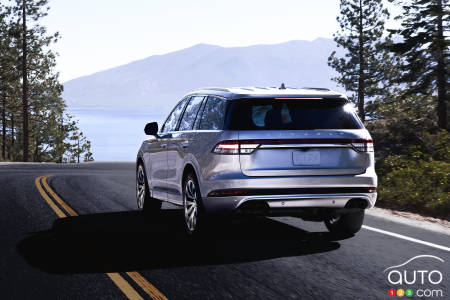
On the road
The 2022 Lincoln Aviator PHEV’s main, overriding characteristic is the smoothness of its ride. This smoothness is thanks to the air suspension and adaptive dampers that absorb all road imperfections well.
However, in the PHEV, there are adjustments to your driving required in order to optimize the purely electric capabilities of the vehicle. Braking and accelerating mildly while driving maximizes energy efficiency, for example.
There are also several driving modes. During our week-long test drive, we mainly used only Normal mode, which automatically manages the various systems. The Aviator PHEV includes the five driving modes found on other Lincoln models - Normal, Conserve, Excite, Slippery and Deep Conditions - as well as two new modes, designed specifically for the model.
These modes, Pure EV and Preserve EV, allow drivers to choose when and how to best use their electric power.
Yes, that's a lot of driving modes, and a lot of thinking to do. In our opinion, in the longer run, the majority of drivers are likely to settle on Normal mode, the most low-maintenance route to energy efficiency with this vehicle.
As it happened, we also had to test the Slippery mode because of a snowstorm, which hit while the vehicle was still wearing all-season tires. The four-wheel drive system did an excellent job of starting from stops. When braking, our all-seaons took the brunt of the vehicle's weight and the anti-lock system activated on almost every brake application.
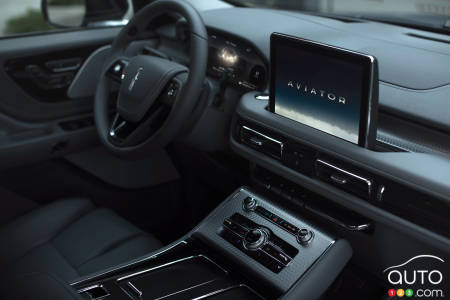
Comfort and space
In keeping with the smooth ride, comfort on board is what you'd expect in a vehicle bearing the Lincoln badge. The driver and front passenger can adjust their seats in a variety of ways, while also having the option of a massage. The second-row seats, however, were a little firm for our taste and are less comfortable than the front seats. The third row, while offering decent legroom, is less comfortable still. To be expected.
The cargo space with all seats up and in place is 519 litres. That increases to 1,183 behind the second row and 2,200 behind the first row. We put a 65-inch TV in the back of the vehicle, with the second and third rows down, and the TV with its box went in flat without any problem.
The Aviator’s interior has two screens: a 12.3-inch driver data screen, and a 10.1-inch LCD touchscreen stuck onto at the top of the centre console, as if the designers had been unsure of where to place it.
There's a good mix of touch functions and physical buttons that make it easy to get up and running quickly.
The other thing that stood out for us was the Revel Ultima 3D audio system that can recreate an authentic concert hall experience from 28 speakers. It ranks among the best sound systems installed in luxury vehicles.
The exterior
As far as appearance is concerned, there’s no change from the previous Aviator. The 22-inch turbine wheels are immediately noticeable, as they should be since they cost $1,450. The Lincoln-specific front grille and dual exhaust tips give the Aviator a great sporty look.
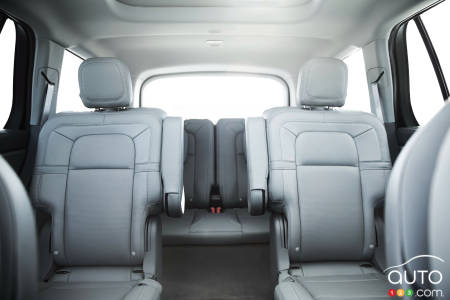
The final word
Overall, this is a very competent and stylish SUV. If you want to transport your family in a vehicle that is not cookie-cutter, but is comfortable, fun to drive and fairly economical on gas, the Aviator is the vehicle for you.
It's more economical still in hybrid form, of course, but for that the price of entry is fairly steep, and may make you think twice. The starting price for the Lincoln Aviator PHEV is $87,895, not including all the options we had in our vehicle. That's an expensive price to pay for a plug-in hybrid that isn't the most efficient on the market.
Still, the vehicle itself is very interesting, and we recommend resisting temptation and going for the base version without too many options.
We like
Luxury and comfort inside
Lively hybrid powertrain
Quiet on board
We like less
Minimal range
Hybrid version too expensive for the advantages it gives
The competition
BMW X5 xDrive45e
Mercedes-Benz GLE 450e
Volvo XC90 T8
Audi Q7 e-tron
Tesla Model Y
Some of your questions about the 2022 Lincoln Aviator PHEV:
What is the range of the 2022 Lincoln Aviator PHEV?
The electric range of the Aviator PHEV is about 31 km before the gasoline engine takes over to power the car. Keep in mind that the actual range varies depending on factors such as your driving habits, weather conditions, temperatures and how many electrical systems are in use in the vehicle.
What is the battery power of the 2022 Lincoln Aviator PHEV?
The Lincoln Aviator PHEV’s battery capacity is 18.4 kWh.
Does the 2022 Lincoln Aviator PHEV have autonomous driving technology?
The Lincoln Aviator PHEV is equipped with Level 2 autonomous driving technology, which includes features such as lane keeping, speed adaptation and automatic emergency braking. However, this technology requires constant driver supervision and cannot be used in all driving situations.
